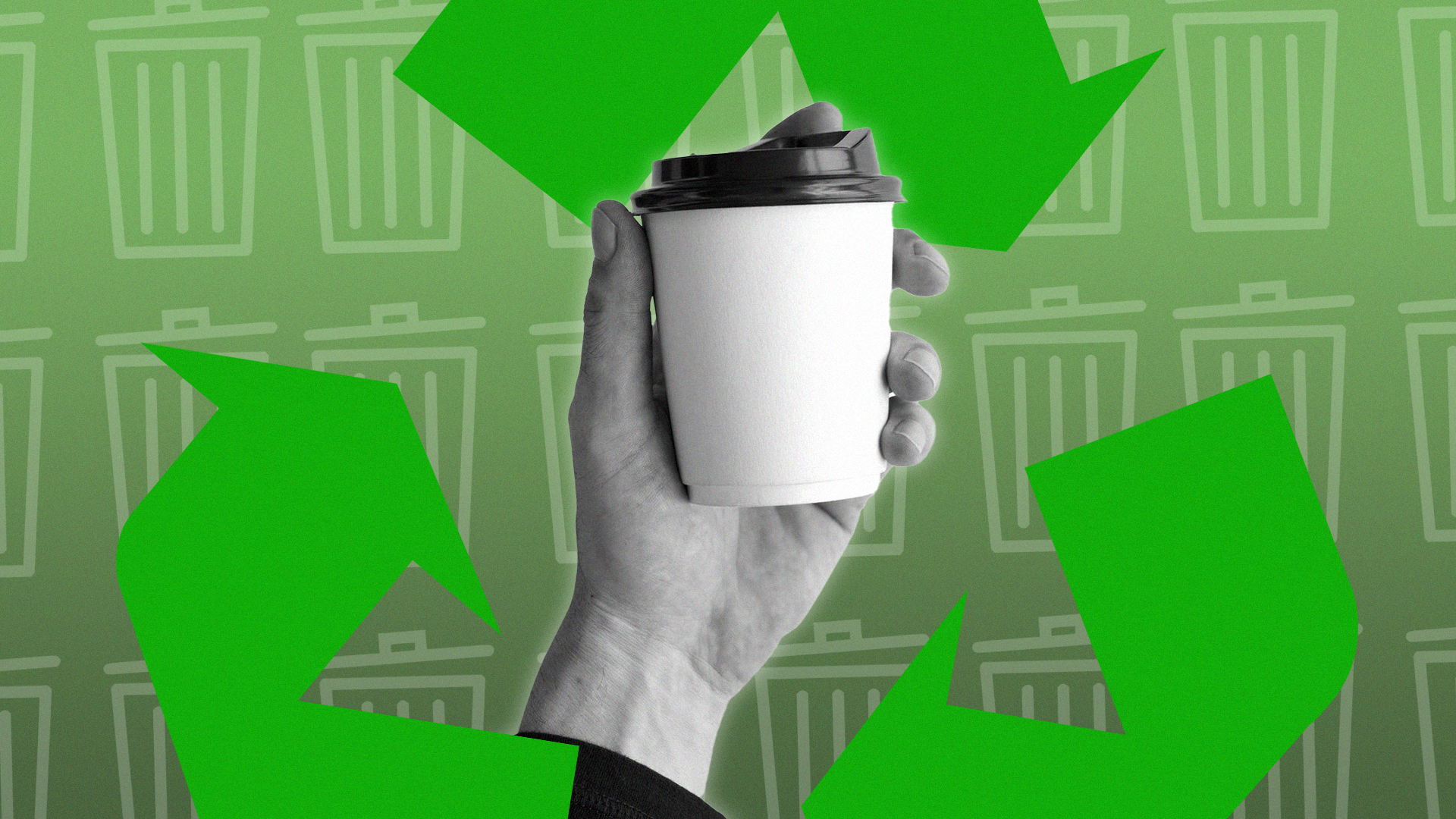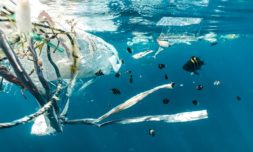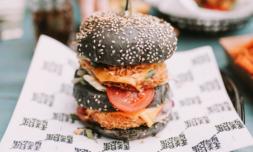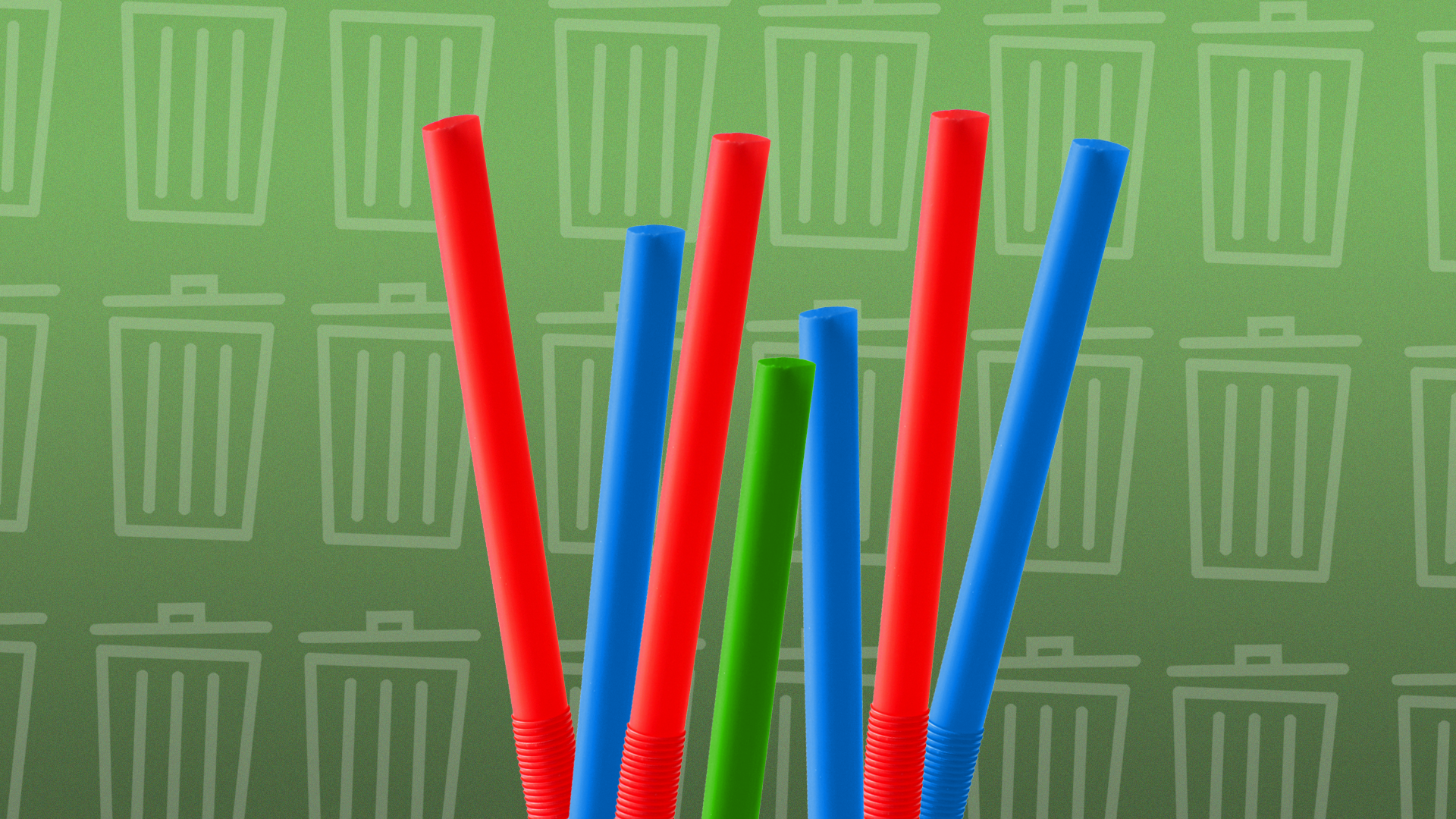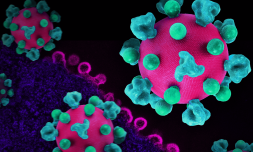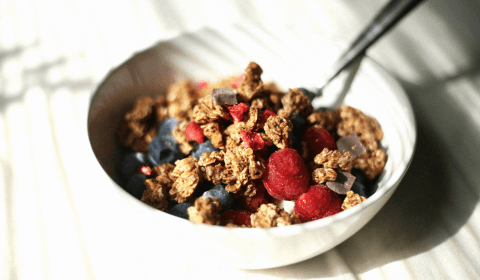It’s no-plastic July! Here at Thred, we’ve been making a conscious effort to cut down on our plastic consumption and recycle responsibly when it is unavoidable. Here’s some tips on how you can cut your plastic use down too.
As you might already know, it’s our mission to spread the word about positive social change, so this month we want to share 21 of the easiest ways to get closer to a plastic-free lifestyle.
Alongside urging big companies to change their current methods of plastic production, we can all make subtle but impactful changes that reduce plastic in our lives. Let’s get started!
- Switch out plastic bottles for a reusable bottle
A major contribution to plastic pollution is single-use water bottles. In fact, one million plastic bottles are sold globally every minute. Metal bottles like these will keep your drinks ice cold for the entire day. With so many options, colours, and designs to choose from, there’s one for everyone – continuing to buy plastic bottles is just silly!
- Bring a canvas tote bag with you when shopping
A reusable tote bag is one of the easiest ways to cut down on your single use plastic habit. They look good, they’re better for the environment, and you can wash them as needed, too. Consider that every second 160,000 plastic bags are used around the world. If you’re only popping to the shop for a few things, carry your items home if you can.
Keep up with @byebyeplasticbags on Instagram, an initiative underway in 30+ countries, providing workshops and events that raise awareness of the issue of single use plastics.
- Bring your own travel mug
Reusable coffee cups are not new, but many of us still opt for a single-use cup when grabbing our morning tea and coffee. A recent report says 7 million disposable coffee cups are thrown out every day in the UK alone – that’s 2.5 billion each year. We can do better!
For the latest in ocean cleanup innovation, check out @5gyres who are using science to create solutions to our global plastic problem.
- Dodge unnecessary plastic cutlery and plates
Many eateries offer wooden utensils nowadays, but if you find your local lunch spot still won’t ditch the plastic version, pop a fork and knife from home in your bag. IKEA has a stunning bamboo line to keep in your home. When ordering a takeaway, be sure to select ‘no cutlery’ if you don’t need it.
Over 99 percent of plastics are made from chemicals sourced from fossil fuels called petrochemicals, which isn’t so tasty when you really think about it.
- Look for a no-waste supermarket near you
With food packaging being responsible for half of all plastic waste, no-waste supermarkets are popping up all over. Find one near you, pack a couple of glass jars, and stock up on cereal, pasta, rice, beans, and other foods without the unnecessary packaging.
Here’s a map that highlights the coastlines where all this plastic is ending up.
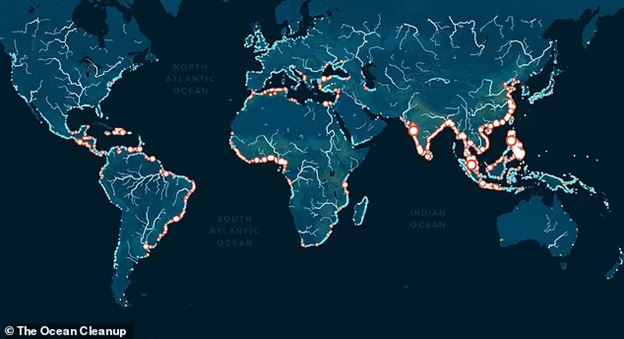
- Sparkle sustainably
Glitter is the emblem of festival season, which is looking to make a major comeback this year. A quick Google search will result in tons of brands making biodegradable glitter so you can rave guilt-free, knowing more tiny plastics aren’t ending up in our oceans, into sea life, and back into us.
It’s worth the switch, knowing that microplastics are so invasive that one hundred percent of all mussels tested in the UK contained them.
- Say goodbye to your plastic toothbrush
As with most plastics, toothbrushes stick around in the environment for 500 years. As the demand for more sustainable materials increased, big brands like Colgate have even released a bamboo line! This small but impactful change isn’t expensive either. Most bamboo toothbrushes are within the same price point as the plastic kind.
For all your household and personal care needs, @plasticfreedom_ has got you covered at their completely plastic free online shop.
- Quit buying fast fashion
Many of the cheap fabrics used by fast fashion brands shed thousands of tiny microplastics everywhere – while you’re wearing them and inside your washing machine. Look out for sustainable materials like 100% cotton, wool, or other natural materials. Clothing made from these fabrics will also last a lot longer.
Powerful images that depict the realities of our plastic problem can be found at @free_from_plastic.
- Check that recycling label
We know that avoiding plastic is sometimes impossible, especially when much of our to-go foods are packaged in plastic pots and wrappers. When there’s no other option, be sure to read the recycling information on the packaging. Sometimes pots can be washed and recycled, but the protective film isn’t yet. Be sure to separate them accordingly.
Question your local takeaway about the kinds of packaging they use. Compostable, plant-based alternatives like Vegware and Greenman are widely available, so the use of styrofoam and plastic boxes can be phased out. Organisations like @theoceancleanup are developing new technologies to clean up the mess we’ve created thus far.









